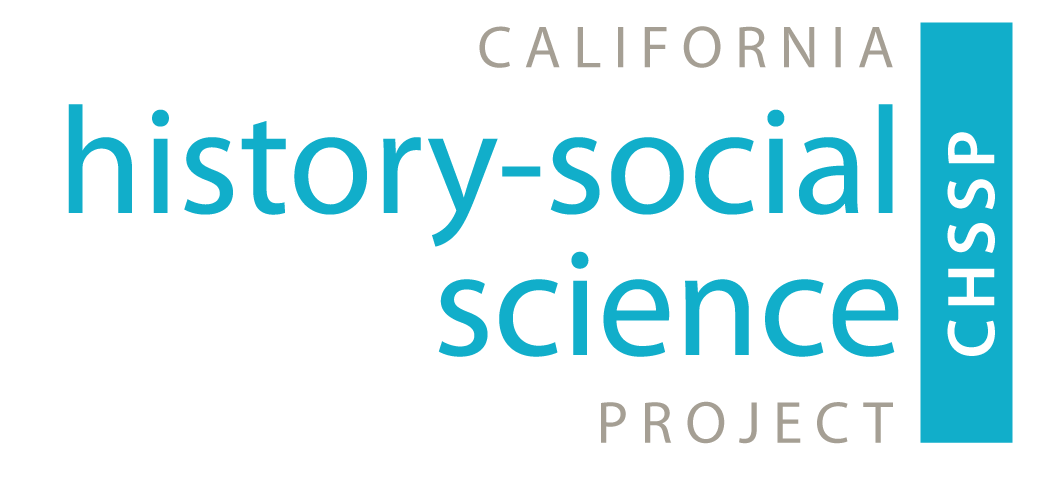Countering Bias in History Instruction
History is an interpretative discipline. And that’s not something that should worry us. The recent controversy regarding the revisions to the AP US history exam by the College Board and the subsequent debate over those revisions in Jefferson County, Colorado have gained considerable coverage in the press and on social media. It is unfortunate that the only time history seems to gain public interest is when it is contested. Ironically, as the discipline of history so clearly demonstrates, none of us live, think, or act without bias. All teachers, their students, and members of the education establishment, like me, come into classrooms with values, beliefs, and practices informed by their past, their current circumstances, and the communities in which they live. When history is taught well, students learn how to identify that bias, and to seek out new information in an attempt to ensure that these biases do not overwhelm our search for the truth.
I appreciate the concerns of those who argue that K-12 history must include dedicated attention to the many great things our country has accomplished. Our democratic system, while not perfect, still serves as a model for the world – we have a stable system of governance that both preserves individual liberty and promotes the common good. Members of the American armed forces, recognized as the most powerful fighting force on the planet, have sacrificed their lives in service to both their fellow citizens and strangers living halfway across the globe. Despite the recent recession, the American economy continues to lead the world in innovation, technological progress, and production of wealth. Finally, children must learn about the many contributions and sacrifices made by individual American citizens in the name of democracy, equality, and freedom.
The new AP exam emphasizes critical thinking and literacy, and reflects a model of instruction often referred to as the process of historical investigation. Historical investigation does not preclude teaching children about all the wonderful things we have accomplished as a nation. Nor does it exclude the sometimes difficult discussions about how we could do better. It is really agnostic on the issue. Instead, it teaches students to investigate the past, to deeply understand what happened, and to explain why things happened.
In a nutshell, the process of historical investigation is a systematic structure that develops a student’s ability to independently comprehend and analyze historical sources in a purposeful order that leads to the development of their own ability to understand and explain the past. Here’s how it works: 1) Students consider a question of historical significance. For example, in a lesson on Abraham Lincoln, students may consider, “Why did Lincoln Fight?” This question is not as simple as you might think, as Lincoln’s public statements about the necessity of fighting the Civil War changed over the course of his presidency. 2) Students review a variety of primary and secondary sources on Lincoln, such as the Gettysburg Address, his Inaugural Addresses, and their textbook. As they read these pieces, teachers will likely need to provide support in order to help their students understand both the literal meaning of the texts and how they connect to the period. 3) Students develop an argument, or interpretation, about Lincoln’s perspective by comparing the sources, working with their teacher. Each step in this process requires students to learn important historical content, engages them in the discipline, and develops their critical thinking and literacy.
Through the investigation of a variety of sources and the requirement that students must develop their own arguments based upon relevant evidence, we can acknowledge that everyone has his or her own perspective and every situation has its own context. Instead of only having the teacher (and perhaps their textbook) as the source for their study, students can now take advantage of multiple sources of information and, with careful analysis, have the opportunity to make a reasoned and informed explanation of the past.
Obviously, this process won’t eliminate the danger of teacher bias. Teachers can still influence their students’ research, by directing them to some sources and perhaps not others. In fact, good teachers can direct their students to widen their research, deepen their creativity and analysis, and push them to develop a more comprehensive and accurate view of the past. When teachers structure their instruction around the process of historical investigation, children learn how to discern between valid and inaccurate arguments, marshal evidence in support of a claim, and are ultimately more prepared for post-secondary success.
This fall, Californians have an opportunity to support quality history instruction with the revision of the History-Social Science Framework, which is currently under review by the Instructional Quality Commission. The Framework provides instructional guidance for educators, describes the content taught at each grade level, and outlines criteria for evaluating instructional resources, teacher professional development, and assessments in history-social science. If you care about how history is taught here in California, I encourage you to share your perspective.
